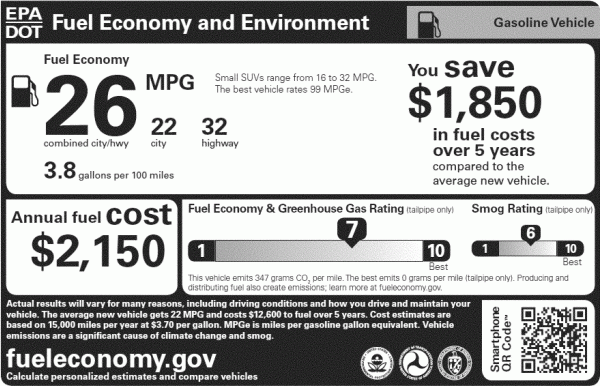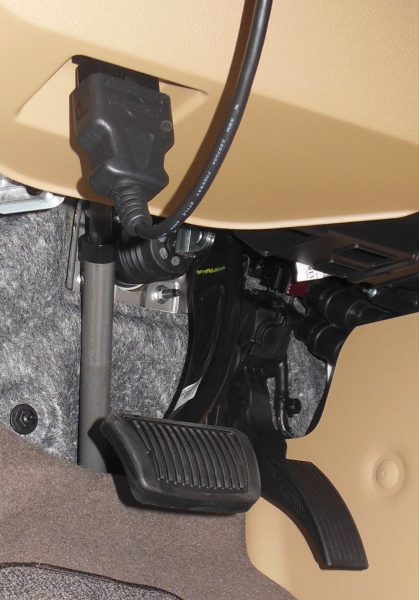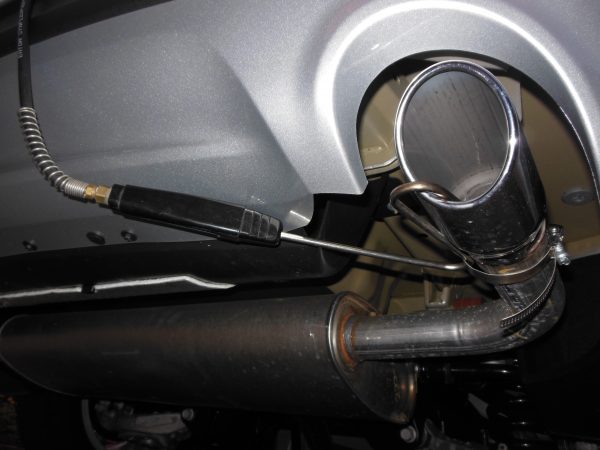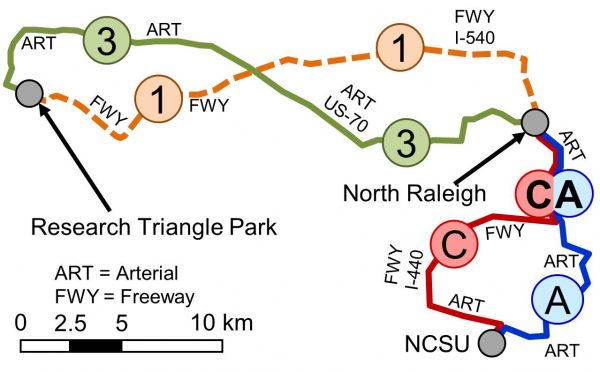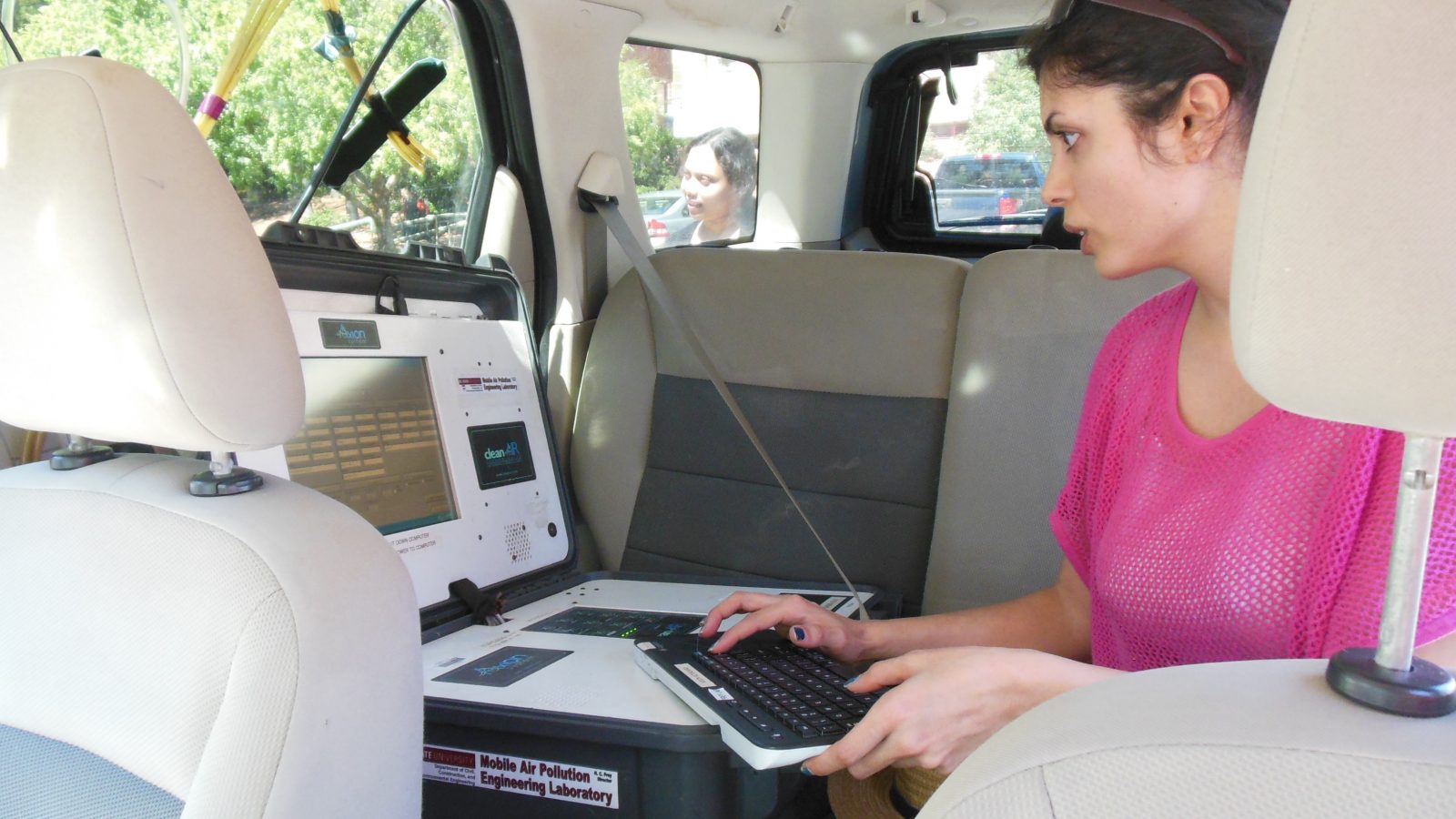Every car sold in the U.S. has a fuel economy rating from the U.S. Environmental Protection Agency and the U.S. Department of Transportation. These ratings are based on tests conducted in a laboratory. In 2006, the rating scheme was revised because of widespread complaints that real-world fuel economy was often worse than the ratings. However, there has not been a systematic evaluation of the current rating scheme. Dr. H. Christopher Frey and Ph.D. student Tanzila Khan have recently completed the first such study. Since 2008, Dr. Frey’s group has measured real-world fuel economy over 110 miles of driving in the greater Raleigh area for 122 passenger vehicles, including coupes, sedans, hatchbacks, minivans, pickup trucks, and sport utility vehicles. On average, real-world fuel economy was found to be slightly better than rated fuel economy, although the difference was not large. There are some vehicles for which real-world fuel economy is over-estimated and, thus, for which consumers might perceive that the ratings are not accurate. The fuel economy rating scheme could be improved by replacing standard laboratory driving cycles with driving cycles more representative of real-world operation. This work was presented at the annual meeting of the Transportation Research Board on January 12, 2016 and is accepted for publication in the Transportation Research Record.
